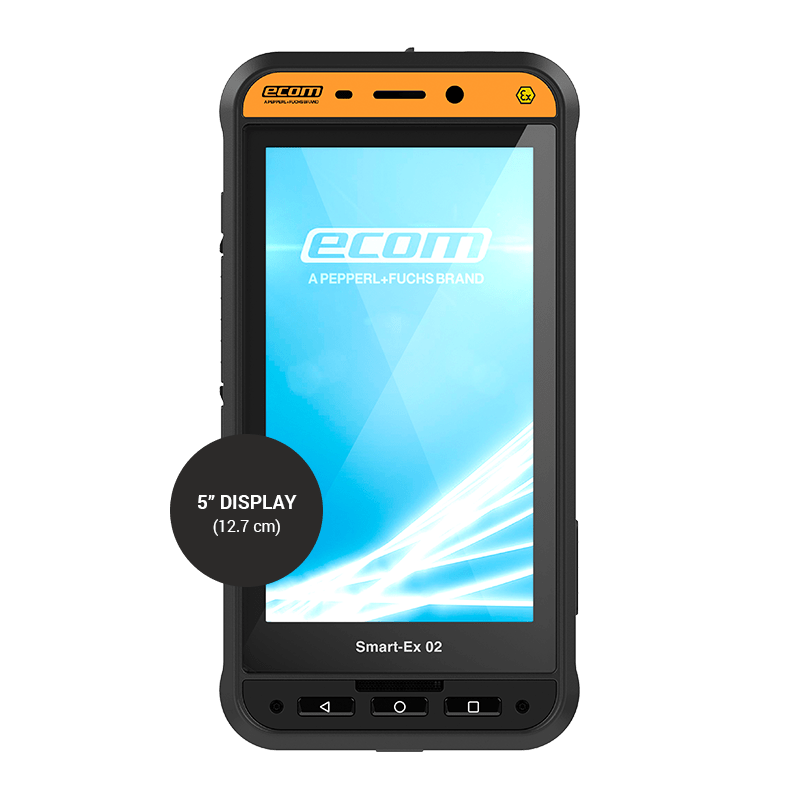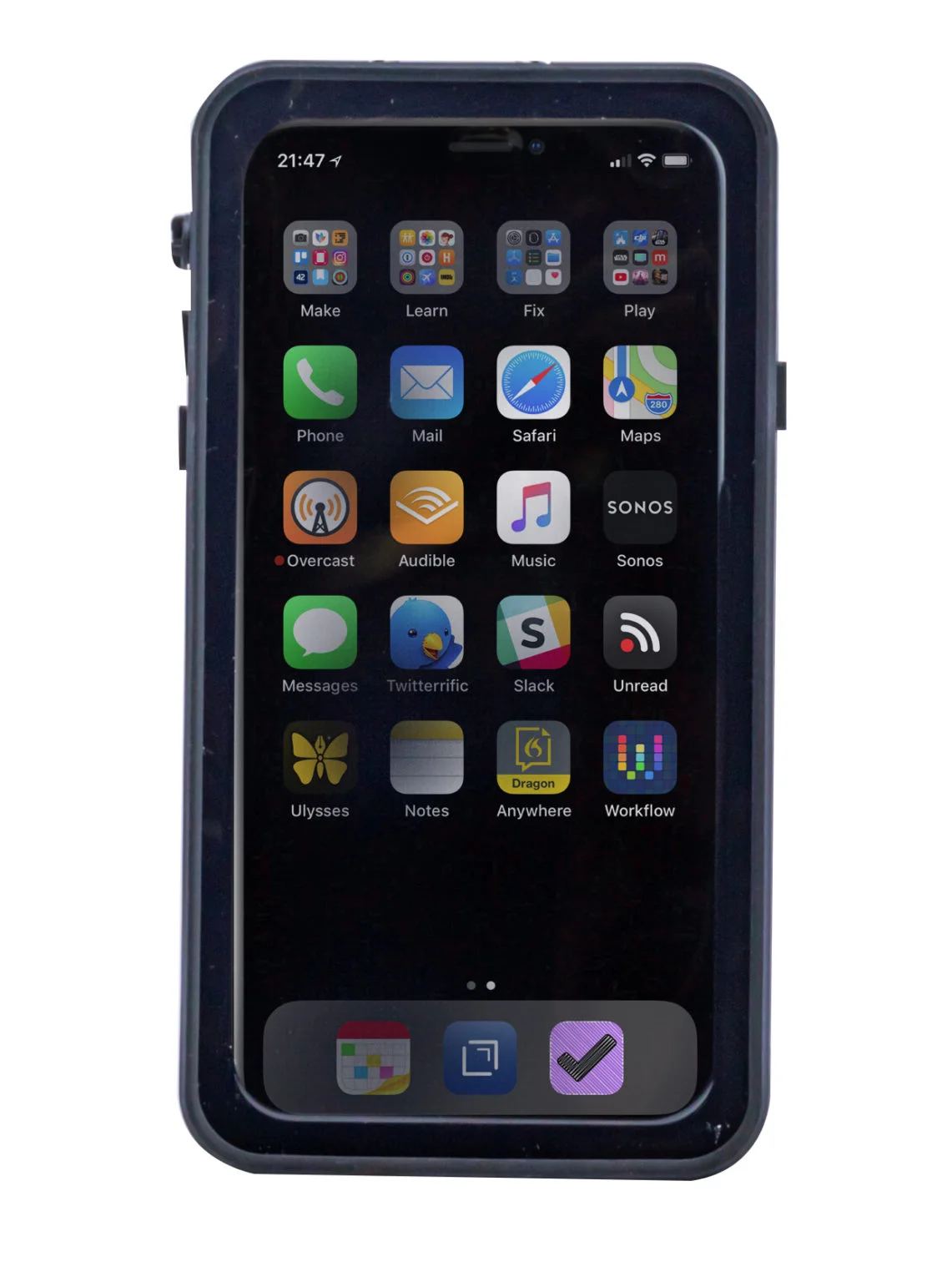Intrinsically safe phones are cell phones specially designed for use in hazardous environments. Sometimes, they are referred to as explosion proof phones or IS phones. Since hazardous environments contains flammable gases and vapors that can potentially ignite, it is imperative for people to use intrinsically safe devices.
Intrinsically safe phones is categorized into intrinsically safe mobile devices including tablets and smartphones. They form the majority of devices used in hazardous environments. They allow essential communication and data access in hazardous environments without the risk of igniting potential gases or vapors. If you are looking to explore intrinsically safe phones, this article is a great start to understanding how they operate in different zones and classifications.
How do Intrinsically Safe Phones Achieve Safety?
The term “intrinsically safe” refers to a design and certification standard that ensures the phone or device will not produce sparks or generate enough heat to ignite potentially explosive atmospheres. Intrinsically safe phones achieve this safety through various means, including:
- Intrinsic Safety Design: Intrinsically safe phones are designed to prevent the release of electrical energy that could potentially cause ignition. This involves using specialized components and circuitry to limit power output and minimize the risk of sparks or heat generation.
- Certification: To be classified as intrinsically safe, a phone must undergo testing and certification by recognized organizations, such as Underwriters Laboratories (UL) in the United States. The certification process ensures that the phone complies with strict safety standards for use in hazardous locations.
- Explosion-Proof Enclosure: Intrinsically safe phones typically feature explosion-proof enclosures or casings made from materials that can contain any potential explosions or fires within the device itself, preventing them from spreading to the surrounding environment.
Phone cases or enclosures are accessories sold differently from the actual phones. Enclosures are explosion proof and are meant to contain any explosions within the enclosure. Enclosures also prevent sparking or ignition of explosive atmospheres outside the device.
- Reduced Power Levels: These phones are engineered to operate at lower power levels than standard smartphones. This helps minimize the risk of electrical energy release that could lead to ignition.
- Isolated Components: To prevent electrical faults, engineers isolate and protect the phone’s internal components like batteries, processors, and connectors from potential hazards.
- Rugged Construction: Manufacturers often build intrinsically safe phones with high durability and resistance to environmental factors. They may have reinforced casings, shatterproof screens, and protection against dust, water, and physical impacts.
It’s worth noting that intrinsically safe phones primarily serve industrial settings, prioritizing safety as a critical concern. These devices are essential tools for workers in industries such as oil and gas, chemical manufacturing, mining, and more, where the risk of explosion is a potential hazard.
Intrinsically Safe Phones Certifications.
Before buying any intrinsically safe device, you should verify certifications to ensure rigorous testing and approval for safe usage. Compliance with regulations and industry standards is a fundamental aspect of certification. It helps organizations avoid legal penalties and ensuring worker protection in industries like oil and gas, chemical manufacturing, and mining.
Different regions and countries may have their own certification requirements, but some of the most recognized and widely used certifications for intrinsically safe phones include:
- UL (Underwriters Laboratories) Certification:
UL, headquartered in the United States, is a globally recognized safety certification organization. Intrinsically safe phones receive UL certification as “Class I, II, III, Division 1, Groups A-G.” It signifies that a device is suitable for use in various hazardous locations, including those with flammable gases, vapors, and dust.
- ATEX Certification: The European Union employs the ATEX (Atmosphères Explosibles) certification standard to certify equipment intended for use in potentially explosive atmospheres. It has two categories: ATEX Category 2 (Zone 1) and ATEX Category 3 (Zone 2), with Category 2 being the more hazardous environment.
- IECEx Certification: The IECEx (International Electrotechnical Commission System for Certification to Standards Relating to Equipment for Use in Explosive Atmospheres) certification assesses product conformity for use in hazardous areas and enjoys recognition across numerous countries worldwide.
- CSA Certification: The Canadian Standards Association (CSA) provides certification for intrinsically safe equipment in Canada. It ensures compliance with Canadian safety standards and requirements.
- NEC and CEC Compliance: In the United States, the National Electrical Code (NEC) and in Canada, the Canadian Electrical Code (CEC) outline regulations and requirements for intrinsically safe equipment. Compliance with these codes is essential for devices used in North America.
- ATEX and IECEx Markings: Intrinsically safe phones often bear specific markings and labels indicating compliance with ATEX and IECEx standards. These markings help users and organizations identify suitable devices for use in hazardous environments.
Benefits of Using Intrinsically Safe Phones.
Intrinsically safe phones enhance safety in industries prone to explosions or fires, ensuring compliance and operational continuity. Here are some of the key advantages of using intrinsically safe phones:
The most obvious benefit is the significantly enhanced safety for workers and the workplace. Intrinsically safe phones prevent sparks or heat that may ignite hazardous materials, ensuring workplace safety in volatile environments. This reduces the risk of fires and explosions, protecting the lives and well-being of employees.

Intrinsically safe phones facilitate vital communication in safety-restricted areas where standard smartphones are not allowed due to safety precautions. Workers can stay in touch with colleagues, supervisors, and emergency responders, ensuring operational continuity and efficient response to incidents.

While intrinsically safe phones may have a higher upfront cost compared to standard smartphones, they can lead to cost savings in the long run. By preventing accidents and minimizing downtime, organizations can avoid costly repairs, insurance claims, and legal expenses.
Certification standards like ATEX and IECEx for intrinsically safe equipment have international recognition, enabling the global use of certified phones. This makes them suitable for multinational companies and industries with a global presence.
Choosing the Right Phones for Your Needs.
We understand the critical work that you do in hazardous environments and its contribution to the society. It is against this backdrop that Intrinsically Safe Store envision a safer future. A future where all employees working in these challenging environments return home back to their families. Intrinsically Safe Store also help companies protect their assets and resources in hazardous locations. Achieving this goal involves furnishing them with the finest intrinsically safe and explosion-proof equipment.
We pride ourselves as an industry leader when it comes to plugging you with the best intrinsically safe phones. We have hundreds of intrinsically safe phones, certified and proven. Our website is user friendly and has tons or resources to help you get seamless help. You can also talk to our sales agents and inquire about various products you might need



